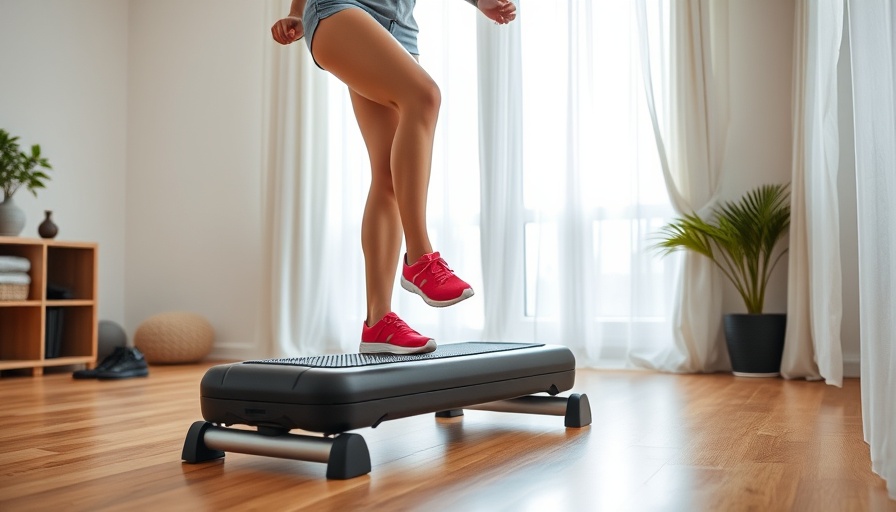
Understanding Self-Care: Distinguishing Myths from Reality
In a world that often demands more than we can give, the concept of self-care has become a vital conversation. For many members of the Seventh-day Adventist (SDA) faith community, the quest for inner peace and balance takes on spiritual significance. However, what exactly does self-care entail? The term is frequently used, yet often misunderstood, leading to confusion between genuine self-nurture and self-indulgence.
In 'Self-Care: What It Is and What It Isn't', the discussion dives into the multifaceted nature of self-care, exploring key insights that spark further analysis on its significance within the SDA faith community.
Social Connection: Why Self-Care is Timely
Self-care resonates profoundly within the SDA community, known for its emphasis on holistic health—spiritual, mental, and physical. As society grapples with increasing stress factors, understanding self-care becomes a communal necessity. It encourages church members not just to support themselves but to uplift their communities, fostering a supportive environment that aligns with Christian values.
Counterarguments: Debunking Myths About Self-Care
Many people mistakenly view self-care as a selfish act or an indulgence. This perception is prevalent within faith communities that promote self-denial and service to others. It's essential to argue against this misconception; self-care is not about self-indulgence but rather replenishing one's spirit and energy to fulfill responsibilities effectively and joyfully. Just as Jesus took time apart to pray and recharge, modern believers must also recognize the necessity of taking care of their emotional and spiritual health.
Empowerment Through Knowledge: Unique Benefits of Self-Care
Understanding and implementing effective self-care practices empower individuals within the SDA faith community to nurture their spirit. These practices can lead to better emotional stability, improved relationships, and a deeper connection to God. Examples of self-care can include quiet time for prayer, engaging in nature, or simply making time for family. Each act nurtures not just the individual but also their relationships within the community.
Insights and Opportunities: Future Predictions for Holistic Wellness
As awareness grows, self-care strategies will likely become integral to church programming. Future church health initiatives may include workshops on stress management, mental health awareness, and integrating faith with wellness practices. The SDA community has the unique opportunity to lead in this dialogue, promoting a view of self-care that combines spiritual teachings with practical advice.
Practical Tips: Steps to Incorporate Self-Care
It can be challenging to incorporate self-care into daily life, especially amidst church activities and personal commitments. Here are some practical tips for SDA members looking to prioritize their wellness:
- Create a Schedule: Set aside times each week dedicated to self-care.
- Engage in Community: Practice self-care not only alone but also within fellowship. Sharing burdens often alleviates personal stress.
- Seek Guidance: Utilize church resources such as counseling services to focus on mental health and spiritual growth.
Reflection: How the SDA Community Views Self-Care
Members of the SDA faith community often feel uniquely positioned between worldly pressures and spiritual obligations. For many, self-care can feel unaligned with values of service to others. However, acknowledging that one’s personal wellness directly impacts community contributions is crucial to overcoming this mindset.
Conclusion: Embracing Self-Care as an Act of Faith
Self-care should be embraced as a vital aspect of spiritual well-being. By distinguishing between self-care and self-indulgence, the SDA community can foster holistic growth that honors physical, emotional, and spiritual health. As individuals learn to nurture themselves, the ripple effects can enhance the entire community’s health and well-being.
By understanding the essence and importance of self-care, members can exercise better faith practices while supporting one another on this journey.
 Add Row
Add Row  Add
Add 




Write A Comment